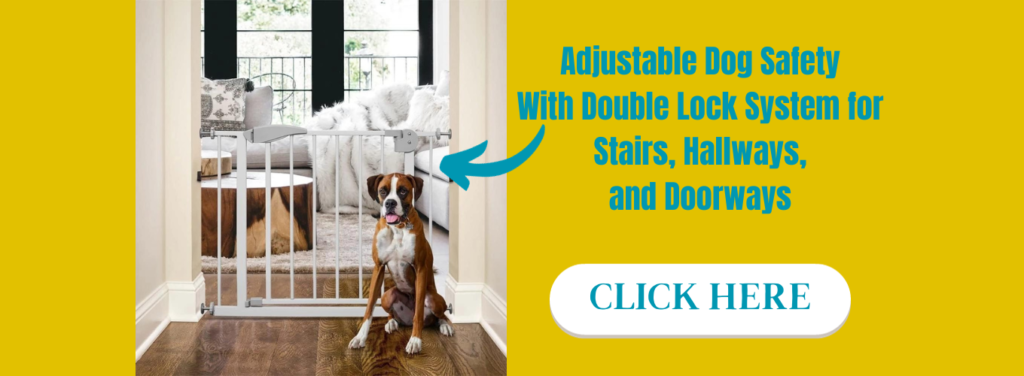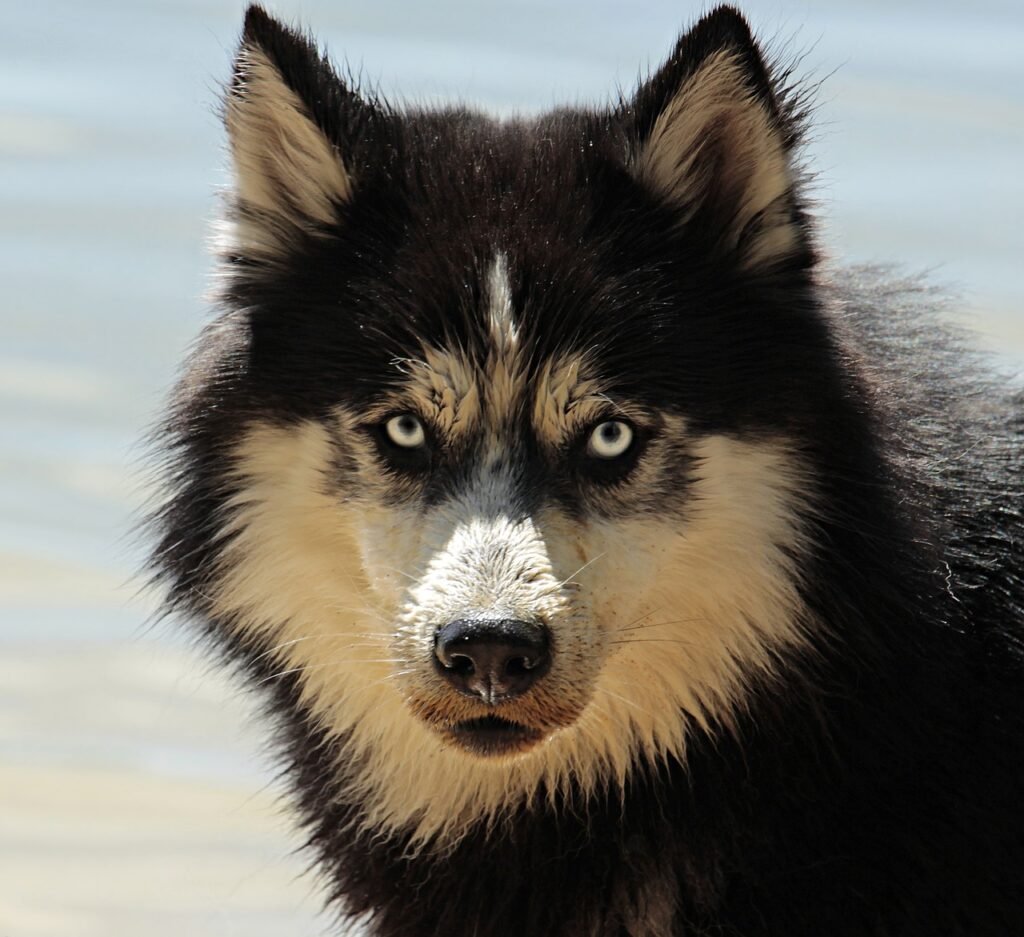
The Art of Dog Photography: Capturing Unforgettable Moments with Your Dog
Dog photography is a wonderful way to capture the special moments and unique personality of your furry friend. Whether you’re a professional photographer or just a dog lover with a camera, this article will guide you through the art of dog photography. From finding the perfect location to editing and enhancing your dog photos, you’ll learn valuable tips and techniques to create unforgettable images. So grab your camera and get ready to capture the beauty and joy of your dog!
Key Takeaways
- Scout for scenic spots to create stunning backgrounds for your dog photos.
- Utilize natural light to enhance the colors and details in your dog photos.
- Choose the right background that complements your dog’s fur color and personality.
- Groom and style your dog before the photoshoot to ensure they look their best.
- Train your dog to pose and stay still for the perfect shot.
Finding the Perfect Location
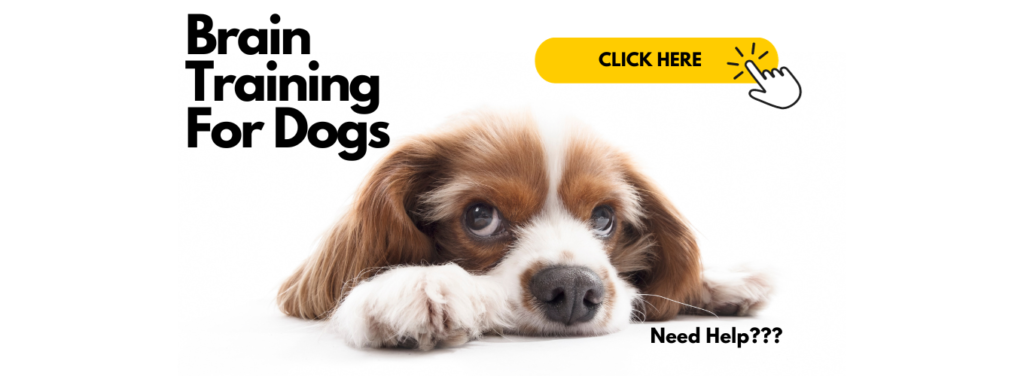
Scouting for Scenic Spots
When it comes to finding the perfect location for your dog photoshoot, think outside the dog park. While a grassy field can be nice, why not explore other options? Consider a picturesque beach with crashing waves and sandy shores or a vibrant city street with colorful buildings as your backdrop. Don’t be afraid to get creative and find unique spots that will make your dog stand out. And remember, sometimes the best spots are right in your own backyard. Table 1 showcases some ideas for scenic spots:
| Location | Description |
|---|---|
| Forest | A peaceful setting with tall trees and dappled sunlight |
| Mountains | Majestic peaks that create a stunning backdrop |
| Urban Rooftop | A modern and edgy location with cityscape views |
Pro tip: Always make sure the location is safe and comfortable for your dog before starting the photoshoot.
Utilizing Natural Light
When it comes to capturing stunning dog photos, natural light is your best friend. Forget about those harsh studio lights and embrace the beauty of the great outdoors. The soft, golden rays of the sun can add a magical touch to your dog’s fur and make their eyes sparkle like diamonds. Plus, it’s a great excuse to get some fresh air and soak up some vitamin D. Just make sure to avoid shooting during the midday sun when the light is too harsh and unflattering. Instead, opt for early morning or late afternoon when the light is softer and more flattering. And don’t forget to check the weather forecast before heading out, unless you want to end up with a wet dog and a soggy camera. Remember, Mother Nature is your best lighting assistant!
Choosing the Right Background
When it comes to choosing the right background for your dog photos, think outside the doghouse. While a plain white wall can work, why not get creative and showcase your dog’s personality? Consider using colorful graffiti walls for a funky urban vibe or lush green fields for a natural and serene setting. If you’re feeling adventurous, try a beach backdrop for some coastal charm or even a fancy wallpaper for a touch of elegance. Remember, the background should complement your dog’s fur color and bring out their unique features. Don’t be afraid to experiment and have fun with it!
| Background Options | Description |
|---|---|
| Colorful Graffiti Walls | Adds a funky urban vibe |
| Lush Green Fields | Provides a natural and serene setting |
| Beach Backdrop | Adds coastal charm |
| Fancy Wallpaper | Adds a touch of elegance |
Remember, the background should complement your dog’s fur color and bring out their unique features. Don’t be afraid to experiment and have fun with it!
Preparing Your Dog for the Photoshoot

Grooming and Styling Tips
Grooming and styling your dog is an essential part of preparing for a photoshoot. Not only will it make your dog look their best, but it will also ensure that they are comfortable and confident in front of the camera. Start by giving your dog a thorough brushing to remove any tangles or knots in their fur. Next, give them a bath using a dog-friendly shampoo to make their coat shiny and clean. Trim their nails and clean their ears to complete the grooming process. If your dog has long hair, you can consider giving them a stylish haircut to enhance their appearance. Remember to choose a hairstyle that suits their breed and personality. Once your dog is looking fabulous, it’s time to style them for the photoshoot. Accessorize them with cute bandanas, bows, or hats that match the theme of the photoshoot. Don’t forget to bring a treat bag and some toys to keep your dog entertained and motivated during the photoshoot. With the right grooming and styling, your dog will be ready to shine in front of the camera!
Training Your Dog to Pose
Training your dog to pose for photos is an essential skill for any aspiring dog photographer. While it may seem challenging at first, with patience and practice, you can teach your dog to strike a pose like a professional model. Start by rewarding your dog with treats and praise whenever they hold a pose for a few seconds. This positive reinforcement will motivate them to cooperate during photoshoots. Use verbal cues such as ‘sit’ or ‘stay’ to guide your dog into different poses. It’s also helpful to have a favorite toy or squeaker to grab their attention and keep them focused. Remember, practice makes perfect, so don’t be discouraged if it takes some time for your dog to become a posing pro. Keep training sessions short and enjoyable, and soon enough, you’ll have a furry supermodel ready to strike a pose at your command.
| Poses to Teach Your Dog |
|---|
| Sittin’ Pretty |
| Play Bow |
| High Five |
Remember, a well-trained dog is the best accessory for stunning photographs.
Bringing Treats and Toys
Now that you have your furry model ready for the photoshoot, it’s time to bring out the big guns: treats and toys. These essential tools will not only keep your dog entertained and focused, but they will also help you capture those adorable expressions and playful moments. Treats are a great way to reward your dog for good behavior and encourage them to hold a pose. Make sure to have a variety of treats on hand, from small bite-sized ones for quick rewards to larger ones for more challenging poses. Toys, on the other hand, can be used to add an element of fun and playfulness to your photos. A squeaky toy or a favorite stuffed animal can be the perfect prop to get your dog’s attention and create those candid and lively shots. Remember, a little bribery never hurt anyone, especially when it comes to getting that perfect shot!
Mastering the Art of Composition

Rule of Thirds and Leading Lines
The Rule of Thirds is a fundamental principle in photography composition. It involves dividing the image into a grid of nine equal parts, with four intersecting points. By placing your subject along these points, you can create a more visually appealing and balanced composition. Leading lines are another powerful tool to guide the viewer’s eye through the image. They can be found in natural elements like roads, fences, or even the shape of your dog’s body. Utilize these lines to create depth and draw attention to your furry friend. Remember, don’t be afraid to get down on your dog’s level and experiment with different angles and perspectives. Make your dog the star of the photograph and let the lines lead the way.
| Composition Tips |
|---|
| * Use the Rule of Thirds to create a balanced composition |
| * Look for leading lines to guide the viewer’s eye |
| * Get down on your dog’s level for a unique perspective |
Remember, the camera loves your dog as much as you do. So, have fun and capture those unforgettable moments with your furry companion!
Using Depth of Field to Create Focus
Depth of field is a powerful tool in dog photography that can help you create stunning and captivating images. By adjusting the aperture settings on your camera, you can control the depth of field and bring the main subject, your adorable dog, into sharp focus while blurring the background. This technique adds a sense of depth and dimension to your photos, making them more visually appealing. Experiment with different aperture settings to find the perfect balance between sharpness and background blur. Remember, a wide aperture (small f-stop number) will create a shallow depth of field, while a narrow aperture (large f-stop number) will result in a larger depth of field.

| Aperture Settings | Depth of Field |
|---|---|
| Wide (small f-stop number) | Shallow |
| Narrow (large f-stop number) | Larger |
Pro tip:
“The eyes are the windows to the soul, even in dog photography. Make sure to focus on your dog’s eyes to capture their emotions and personality.”
Experimenting with Angles and Perspectives
Now that you’ve mastered the basics of composition, it’s time to take your dog photography to the next level by experimenting with angles and perspectives. Don’t be afraid to get down on your dog’s level and see the world from their point of view. Get up close and personal to capture the intricate details of their fur and expressive eyes. Or, try shooting from above to highlight their unique markings and playful expressions. Remember, the key is to think outside the box and get creative with your shots.
| Angle | Perspective |
|---|---|
| Low | Worm’s-eye |
| High | Bird’s-eye |
In addition to exploring different angles, consider the perspective you want to convey in your photos. A low angle can make your dog appear larger than life, while a high angle can give them a sense of vulnerability. Play around with different angles and perspectives to capture the essence of your furry friend in a truly unforgettable way.
Remember, the best camera is the one that’s with you, so don’t hesitate to whip out your phone and start snapping away!
Editing and Enhancing Your Dog Photos
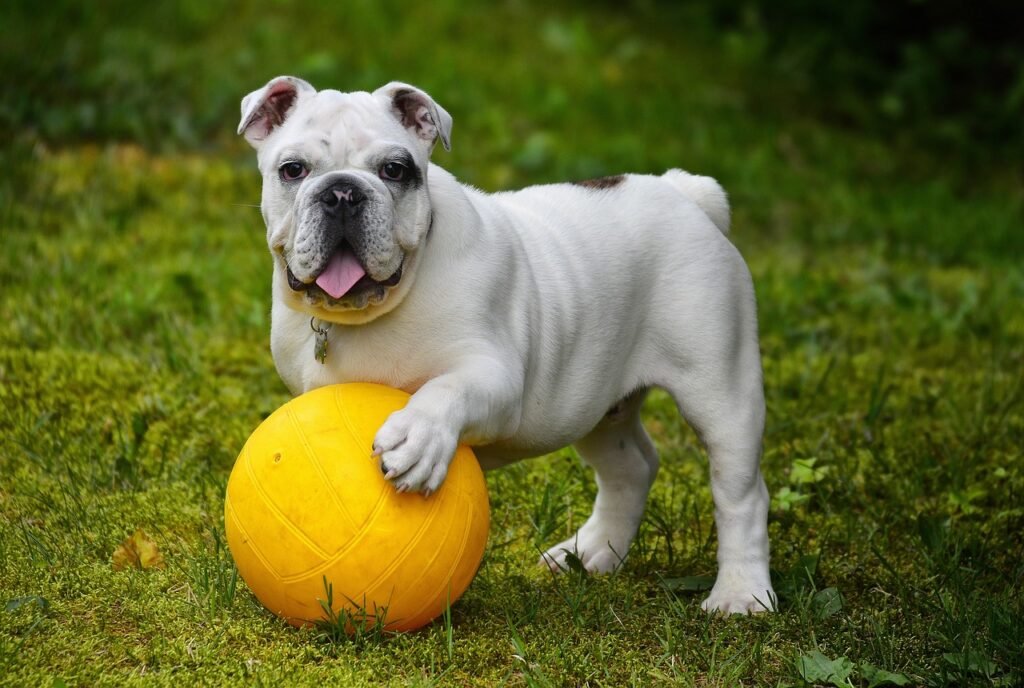
Choosing the Right Editing Software
When it comes to editing your dog photos, choosing the right editing software is essential. You want a program that is user-friendly, powerful, and has all the features you need to make your furry friend look their best. Whether you’re a beginner or a seasoned pro, finding the perfect editing software can be a daunting task. Adobe Photoshop is a popular choice among photographers, offering a wide range of tools and options for enhancing your images. If you’re looking for something more budget-friendly, Lightroom is a great alternative, providing a streamlined editing experience with a focus on organizing and enhancing your photos. Don’t be afraid to experiment with different software and find the one that suits your style and needs. Remember, the goal is to create stunning and unforgettable dog photos that will make your friends say, ‘Wow, you really captured the essence of your furry companion!’ So, go ahead and unleash your creativity with the right editing software!
| Editing Software | Features | Price |
|---|---|---|
| Adobe Photoshop | Powerful editing tools | Expensive |
| Lightroom | Streamlined editing experience | Affordable |
Adjusting Exposure and Colors
When it comes to adjusting exposure and colors in dog photography, it’s all about finding the right balance. Too much exposure can wash out the details of your furry friend, while too little can leave them looking dark and mysterious. Similarly, colors can make or break a photo. Vibrant hues can bring out the playful side of your dog, while subtle tones can create a more elegant and timeless look. Experiment with different settings and filters to find the perfect combination that highlights your dog’s unique personality. Remember, a well-exposed and color-enhanced photo is like a treat for the eyes!
| Exposure Tips | Color Tips |
|---|---|
| Adjust the exposure settings to avoid overexposure or underexposure. | Enhance the colors by adjusting the saturation and contrast. |
Don’t be afraid to get creative with your dog’s photos. Capture their true colors and let their personality shine through!
A dog’s world is full of vibrant colors. Let your camera capture the magic and bring out the best in your furry friend.
Adding Creative Effects and Filters
Now that you’ve captured all the shots you need, it’s time to add some creative effects and filters to make your dog photos truly stand out. Experiment with different effects like sepia, black and white, and vintage to give your photos a unique and timeless look. Don’t be afraid to get artsy and try out unconventional filters like watercolor or oil painting. Remember, the goal is to create unforgettable moments with your furry friend. In addition to filters, you can also play around with textures and overlays to add depth and interest to your photos. Try layering different textures like fur, grass, or even dog paw prints to create a visually stunning composition. And if you want to take it up a notch, consider using a photo editing software that offers advanced tools and features to further enhance your dog photos. With a little creativity and some editing magic, your dog photos will be the envy of all dog lovers!
Editing and Enhancing Your Dog Photos
Frequently Asked Questions
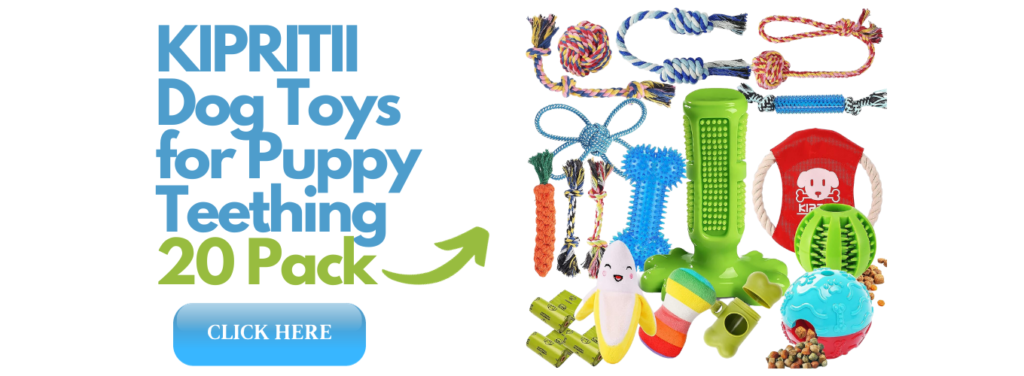
1. Can I use a smartphone to capture professional-quality dog photos?
Yes, you can use a smartphone to capture great dog photos. However, using a DSLR or mirrorless camera will give you more control over settings and produce higher-quality images.
2. How do I get my dog to stay still during a photoshoot?
Training your dog to stay still during a photoshoot takes time and patience. Start by teaching basic obedience commands and gradually introduce the camera and posing cues. Reward your dog with treats and praise for staying still.
3. What are some tips for capturing action shots of dogs?
To capture action shots of dogs, use a fast shutter speed to freeze the motion. Anticipate the dog’s movements and be ready to capture the decisive moment. Continuous shooting mode can help you capture multiple frames in quick succession.
4. How can I make my dog’s eyes stand out in photos?
To make your dog’s eyes stand out in photos, focus on the eyes and use a wide aperture to create a shallow depth of field. Position the dog’s face towards the light source to catch the catchlight in their eyes.
5. Should I edit my dog photos?
Editing your dog photos can enhance their overall look and fix any minor imperfections. However, it’s important to maintain the natural look of your dog and avoid excessive editing.
6. What are some common mistakes to avoid in dog photography?
Some common mistakes to avoid in dog photography include using harsh flash, not considering the background, and neglecting to capture the dog’s personality. It’s important to be patient and create a comfortable environment for the dog.
